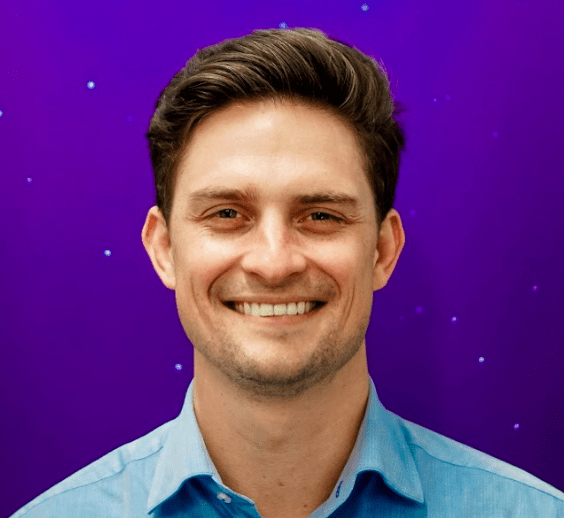Continuous Fabric Maintenance (FM) is crucial for uninterrupted operations on off-shore oil and gas platforms. A primary FM goal is managing corrosion onset across the platform surface. Currently, physical field inspections are conducted to detect and classify corrosion. These processes are subjective, costly, time-consuming, and labour-intensive. As such, they tend to be sparse in nature and provide incomplete asset coverage. Asset operators have identified FM to be one of their largest operational expenditures and have estimated up to 25% efficiency gains
by optimising inspection and planning of maintenance regimes. This presentation presents Abyss Fabric, a novel approach for topside corrosion awareness and management that streamlines the FM process. The approach is powered by state-of-the-art computer vision and machine learning algorithms to automatically process image surveys and map corrosion across offshore platforms. It leverages a trained Convolutional Neural Network (CNN) to detect and classify the presence of corrosion via semantic segmentation on images captured during the inspection of an offshore platform. The CNNs semantic segmentation output is then registered with a ‘digital twin’ (i.e., a 3D digital model of the platform) to allow for the detected corrosion, its severity, and its physical area to be tagged to individual pieces of equipment. In this presentation, the Abyss Fabric is demonstrated across a large offshore oil and gas platform. Performance evaluation of image analytics is conducted, demonstrating general corrosion detection with 91.83% accuracy. The system is shown to automatically process large volumes of data for objective corrosion identification and categorisation. It provides actionable insights that make FM processes more efficient, reducing
overall risk by facilitating optimised planning of FM regimes.
Presenter
Eric Ferguson (Abyss Solutions Pty. Ltd)

Dr Eric L. Ferguson is a senior machine learning engineer at Abyss Solutions Pty. Ltd. He was awarded his PhD (electrical engineering) from the University of Sydney in 2019 for his research contributing to the fields of machine learningand signal processing.